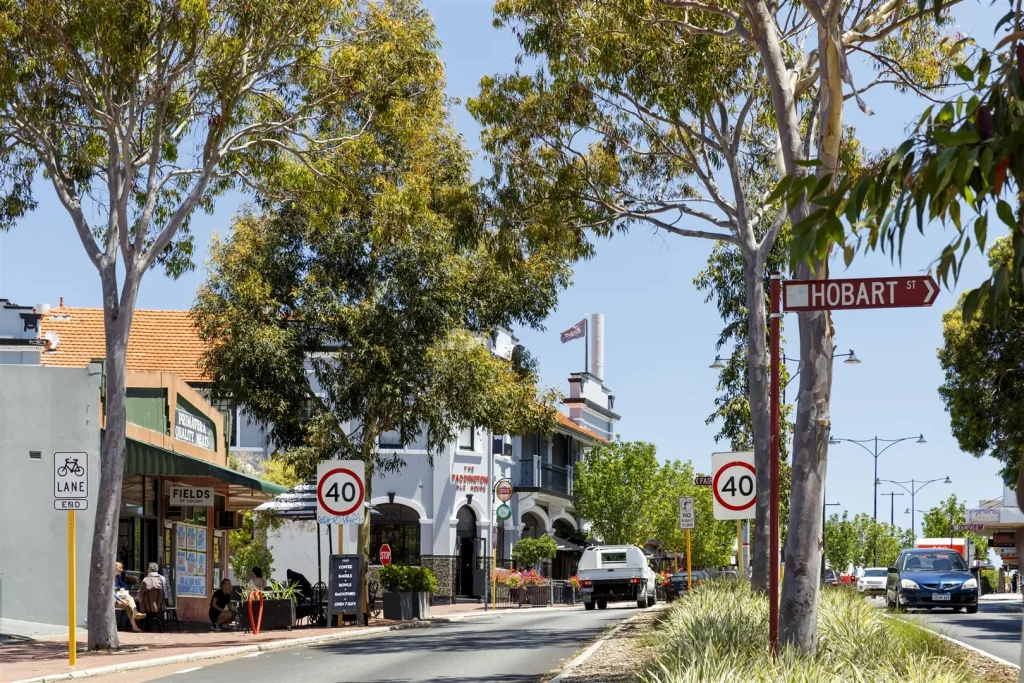
Nestled just a few kilometers north of Perth’s bustling Central Business District, Mount Hawthorn boasts a rich tapestry of history interwoven with contemporary charm. Its streets echo stories from the past, with traces of late 19th-century tram services, while also radiating the vibrancy of cosmopolitan life, making it a haven for both residents and visitors. The suburb masterfully balances its yesteryear allure with a plethora of modern cafes, restaurants, and boutiques, solidifying its reputation as a unique destination in Western Australia.
One can’t delve into Mount Hawthorn without mentioning its significant memorials, like the one dedicated to the Anzacs of World War I, or the Axford Park named after war hero Thomas Axford. Such landmarks not only serve as a testament to the suburb’s rich historical context but also provide serene spots for relaxation amidst urban life. The community-driven ethos of Mount Hawthorn, evident in its well-preserved cottages and local initiatives, further reinforces its allure. Whether it’s for the history buff, the food enthusiast, or someone seeking a blend of old and new, Mount Hawthorn stands proud as a suburb that truly offers something for everyone.
8,183
37
3,283
$1.65M
$915 per week
14 Days
Data obtained in 2025 from Real Estate Institute of Western Australia and Australian Bureau of Statistics
The roots of Mount Hawthorn’s urban history date back to 1887 when the area was first selected for development. In the late 1890s, a significant portion of this land was acquired by a syndicate comprising Edward Wittenoom, a notable politician and pastoralist; James Hicks; and C. L. W. Clifton. Upon subdividing their land in 1903, Hicks named his share the “Hawthorn Estate.” His choice was influenced by a recent stay in Melbourne’s Hawthorn suburb, reflecting a personal connection to the place. With such beginnings, Mount Hawthorn began its transformation from bushland to a vibrant suburb, enriched with diverse cultures and traditions.

Ensure you’re priced right; schedule a property appraisal with our seasoned professionals who understand the local nuances and trends.